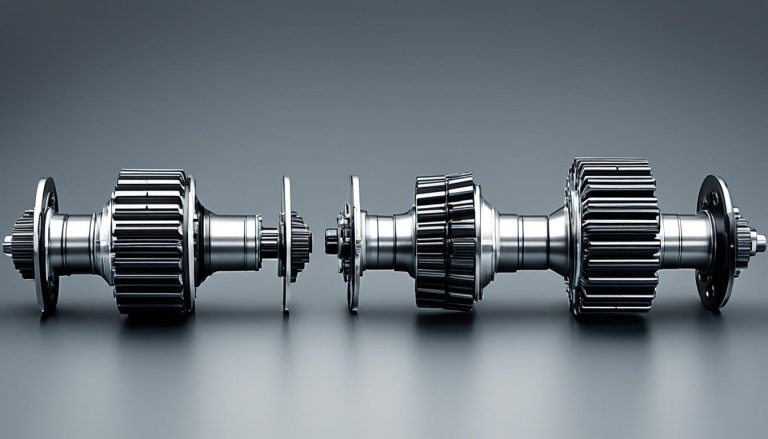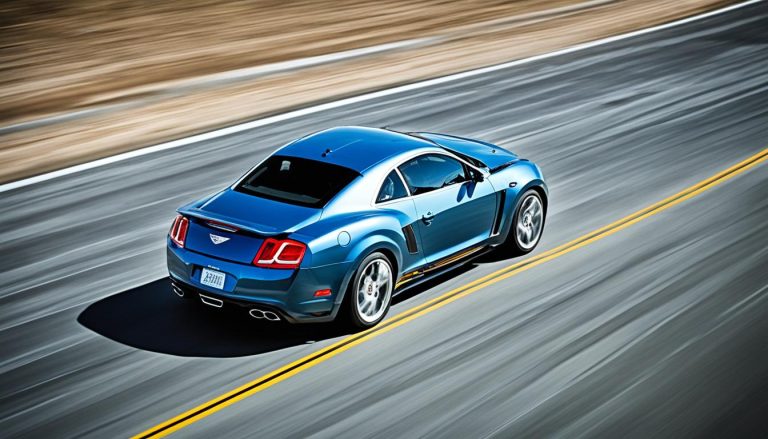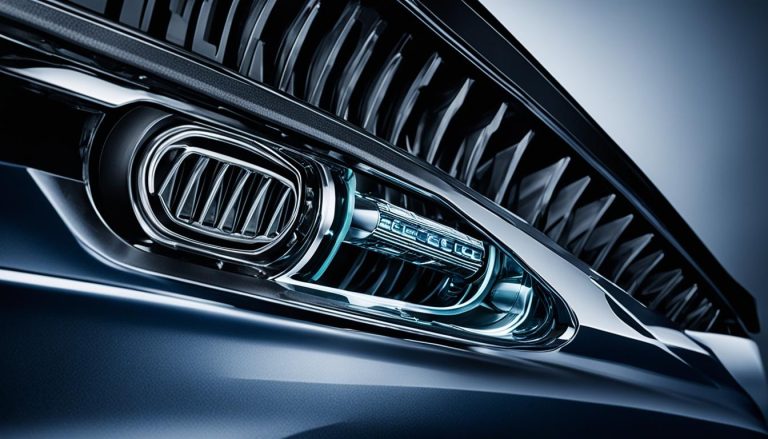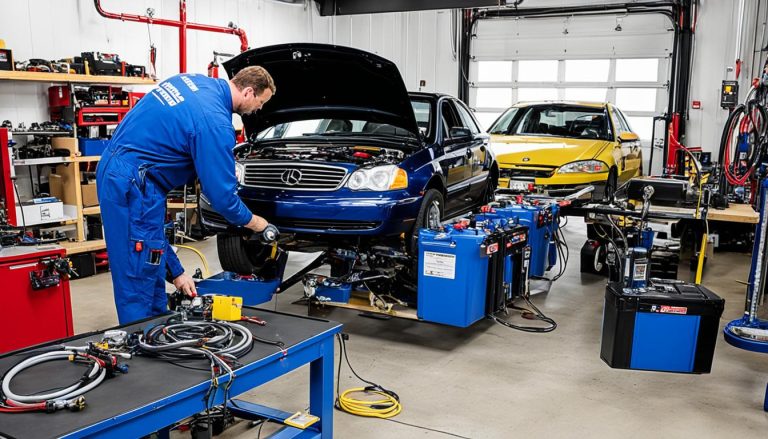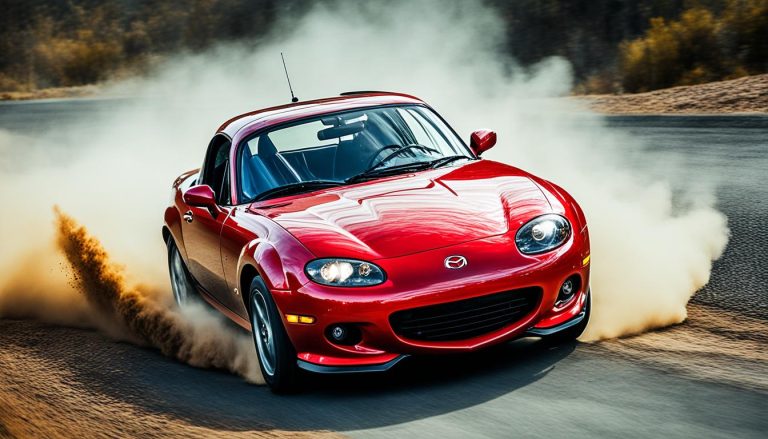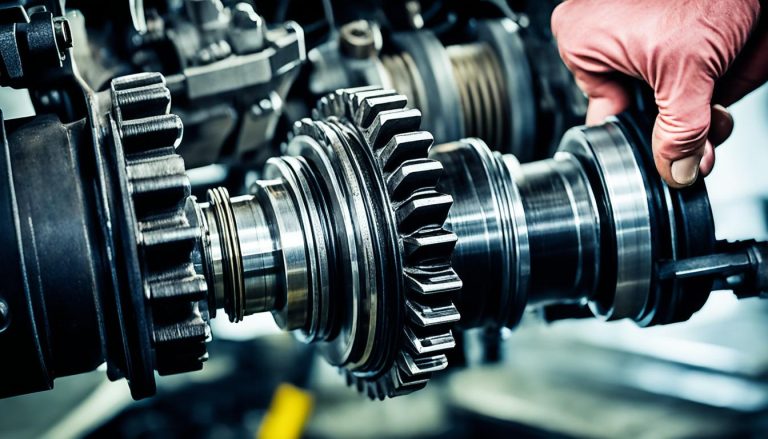Farmall 349: Is It Limited Slip or Posi Traction?
If you have taken a keen interest in the rear end specifics of Farmall tractors, specifically the Farmall 349, you may have stumbled upon a common question within the farming community. What sort of differential does the Farmall 349 employ – is it a limited slip differential or does it feature posi traction? This question isn’t just technical jargon; it’s central to understanding how your tractor handles different working conditions and terrains.
When you’re out there in the field, the type of rear-end your tractor has can mean the difference between a smoothly executed task and a struggle against the elements. With that in mind, you might find that details on the Farmall 349 rear end are somewhat elusive. While digging through specs and speaking to experts might be on your to-do list, understanding the difference between limited slip and posi traction differentials will give you a solid starting point for getting the most out of your Farmall 349.
Key Takeaways
- Explore the specifics of the Farmall 349’s rear-end setup – limited slip versus posi traction.
- Gain insights into how different differentials impact tractor performance under various conditions.
- Understand the importance of the right rear-end traction control system for efficient farming operations.
- Uncover the potential need for upgrades or customizations for your Farmall 349 to meet specific land and task requirements.
- Encourage further research or consultation for definitive information regarding the Farmall 349’s differential type.
Farmall 349 Rear End Mechanisms Explained
When you dive into the Farmall 349 rear end options, it’s clear that the underlying mechanisms are pivotal for the vehicle’s performance in varied agricultural settings. Understanding the different types of differentials associated with the Farmall 349 can help you tailor the tractor to your specific farming needs.
Commonly, tractors are fitted with one of several differential types. Each of these types provides a distinctive set of benefits that could influence the efficiency and effectiveness of your Farmall 349. Here’s a breakdown of the possibilities that could come with your tractor’s rear end:
- Standard Differential – offers balance in normal conditions but may struggle with traction on uneven terrain.
- Limited-Slip Differential – distributes power more evenly when losing traction, making it ideal for slippery slopes or heavy loads.
- Locking Differential (Posi Traction) – locks both wheels ensuring they spin at the same rate for maximum traction in challenging conditions.
The choice among these Farmall 349 differential types is crucial because it determines how well your tractor can handle soil variations, inclines, and the diverse loads during operations.
| Farmall 349 Differential Type | Main Advantage | Ideal Usage Conditions |
|---|---|---|
| Standard | Cost-effective and balanced performance | Even terrain and light-duty tasks |
| Limited-Slip | Improved traction control | Slippery surfaces or uneven fields |
| Posi Traction (Locking) | Consistent wheel rotation under duress | Extreme conditions and heavy pulling |
While the Farmall 349 rear end specifications may not be detailed in your manual, knowing the key features of your tractor’s differential can greatly enhance farm productivity. Whether you are ploughing, towing, or simply transporting goods across your farm, selecting the most appropriate rear end can make all the difference in managing the task efficiently.
Comparing Limited Slip Differential and Posi Traction
Understanding the distinctions between a limited slip differential and a posi traction differential can be crucial when selecting the best traction control options for your Farmall 349 or other agricultural equipment. Each system offers unique benefits that could enhance performance under various conditions on the field.
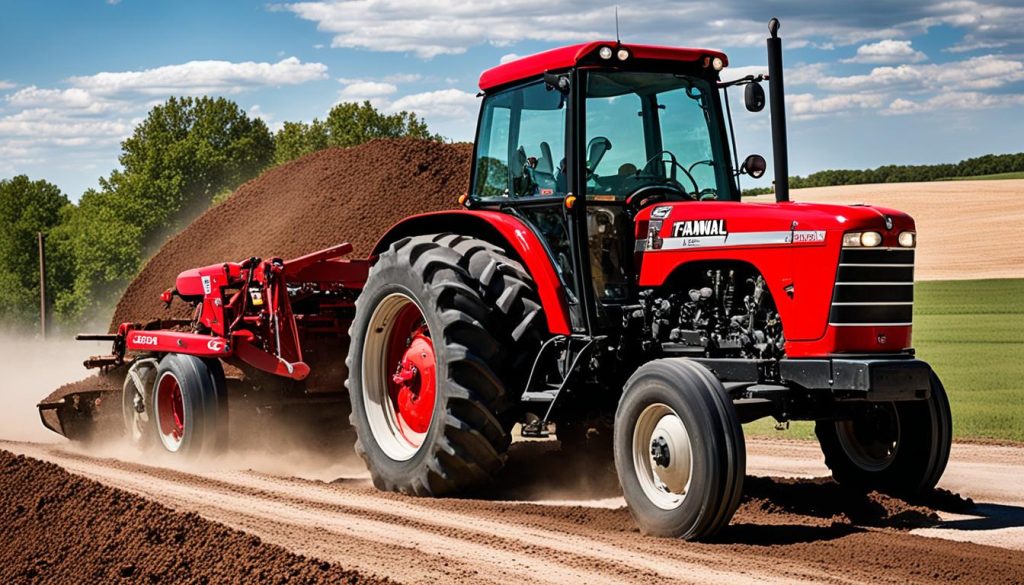
What is a Limited Slip Differential?
A limited slip differential is engineered to improve your vehicle’s handling by automatically redistributing torque between the wheels. If one wheel begins to lose grip, the system will divert power to the other wheel, maintaining steady traction and reducing the likelihood of wheel spin. This differential type is particularly useful in circumstances where grip conditions vary across your driving surface – an essential feature for agricultural machinery like the Farmall 349, which frequently traverses uneven and unpredictable terrain.
The Advantages of Posi Traction
The term posi traction, often used interchangeably with “locking differential,” refers to a differential that is capable of locking both wheels on an axle so that they spin at the same rate. This differential type ensures that both wheels receive power regardless of the resistance they might encounter individually. The clear advantage here is a consistent application of force which is vital for maintaining traction control through mud, snow, or other similar conditions that might impede operation.
Functionality and Performance in Different Conditions
The conditions and challenges presented by your specific locality can dictate the necessity of one differential type over another. For instance, if your Farmall 349 consistently operates on topographies that are slick or loose underfoot, implementing a system that accounts for these variables could result in a marked uptick in efficiency and safety.
| Traction System | Terrain Suitability | Handling Characteristics | Recommended for Farmall 349? |
|---|---|---|---|
| Limited Slip Differential | Uneven or slippery surfaces | Variable torque distribution | Potentially, based on specific use-case |
| Posi Traction Differential | Muddy, snowy, or loose soil conditions | Even power distribution | Yes, if consistent traction is needed |
Whether you opt for a limited slip differential or a posi traction differential, your Farmall 349 traction control abilities will be significantly influenced. By understanding these mechanisms, you can make an informed decision that will ultimately benefit the functionality and efficiency of your farming operations.
Is Farmall 349 Rear End Limited Slip or Posi Traction
When you consider the functionality of the Farmall 349 rear end, you might ponder whether it’s equipped with a limited slip or posi traction differential. The way your tractor handles itself on the field largely depends on these systems. Unfortunately, the data on whether the Farmall 349 comes factory-installed with a limited slip differential or posi traction is not directly stated in the provided material. If you’re looking to enhance your tractor’s performance or perhaps are in need of a repair, this becomes not just a query but a significant decision based on how you use your Farmall 349.
Whether you tow heavy loads or work on slippery slopes, understanding the nuances between Farmall 349 rear end limited slip and posi traction systems is crucial. Should you seek further clarity, reaching out to those with firsthand experience or specialized providers could shed some light on this matter, guiding you toward making the most beneficial choice for your Farmall 349 differential types.
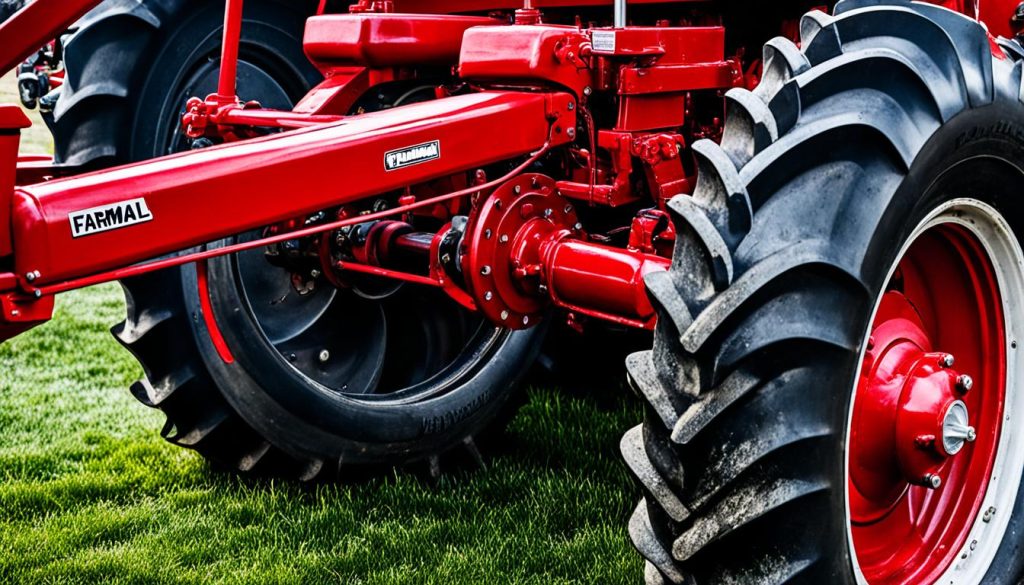
Comparison of Differential Types: Here’s a basic rundown to help you discern between the two:
- Limited Slip Differential: Designed to split the torque evenly and allow for slight speed variances between wheels.
- Posi Traction: Typically locks the wheels together, providing equal power, especially useful in low-traction scenarios.
Let’s further illustrate the characteristics of each differential with a comparative table:
| Feature | Limited Slip | Posi Traction |
|---|---|---|
| Torque Distribution | Variable based on traction | Equal to both wheels |
| Performance on Slippery Terrain | Good | Excellent |
| Typical Use Cases | Moderate towing and varied fields | Heavy-duty pulling and challenging conditions |
Ultimately, the choice may boil down to personal preference, the specifics of your land, and the tasks at hand. While we can’t pinpoint the exact Farmall 349 differential types without official data, being informed can help you make the best decision for your farming needs.
Understanding Farmall 349 Rear End Specifications
As an operator or enthusiast of the Farmall 349, appreciating the intricacies of its rear end specifications is key to maximizing the tractor’s performance. Detailed knowledge on farmall 349 rear end features and farmall 349 rear end options can make a significant difference in your machine’s handling and efficiency across a range of agricultural challenges. While the full specifics may not be laid out in black and white, understanding the fundamental aspects of the farmall 349 rear end specifications is indispensable for ensuring you’re getting the most out of this piece of equipment.
Analyzing Farmall 349 Rear End Features
The rear end of the Farmall 349 embraces various features that contribute to the overall productivity and maneuverability of the tractor. It’s these characteristics that determine how well your equipment can tackle demanding work, especially in unforgiving terrain or under harsh weather conditions. Insight into the farmall 349 traction control system, including the differential type, could greatly influence operational choices, as well as your approach to regular maintenance and potential upgrades.
Traction Control and Its Importance for Farm Equipment
Traction control isn’t just a fancy term thrown around; it’s a practical necessity for effective farming operations. The ability of your Farmall 349 to maintain grip, even amid muddy patches or on inclines, speaks volumes about its traction control capabilities. Since each farm faces unique challenges, understanding and potentially customizing your tractor’s traction control feature might be just what you need for an increase in productivity and a reduction in down time caused by traction-related issues. Though not explicitly mentioned in available documentation, a conversation with a knowledgeable dealer could shed light on the Farmall 349’s systems and adjustments that could meet your specific agricultural needs.
FAQ
What differentiates the Farmall 349’s rear end as limited slip or posi traction?
The main difference between a limited slip differential and posi traction is how they distribute power to the wheels. A limited slip differential provides variable torque to each wheel, while posi traction locks the differential so both wheels rotate at the same speed, delivering consistent traction in adverse conditions.
Are there specific rear end options available for the Farmall 349?
Factory specifications for the Farmall 349 rear end have not been detailed in available sources. Tractors, including the Farmall 349, often come with standard differentials and may be customized with different rear end options like limited slip or posi traction to meet specific agricultural needs.
What are the benefits of having a limited slip differential in the Farmall 349?
A limited slip differential in a tractor like the Farmall 349 would help with better traction control by automatically distributing more power to the wheel that has grip, thus improving handling and reducing the chance of getting stuck on uneven or slippery terrain.
How does posi traction improve the Farmall 349’s performance?
Posi traction would enhance the Farmall 349’s performance by ensuring that both rear wheels spin at the same rate. This is especially useful in tough farming conditions where consistent wheel speed can prevent the tractor from slipping and maintain steady propulsion.
Can the Farmall 349 be equipped with either a limited slip or posi traction differential from the factory?
The specific types of differentials included with the Farmall 349 from the factory are not clearly stated in available sources. However, tractor owners often have the option to retrofit their vehicle with a limited slip or posi traction differential depending on their needs.
What should I consider when analyzing the Farmall 349 rear end features and specifications?
When assessing the Farmall 349’s rear end, consider the type of differential, the conditions you’ll be operating in, and the specific traction needs of your farming tasks. Features like the differential type and load handling capabilities will affect the tractor’s performance in various agricultural settings.
Why is traction control important for farm equipment like the Farmall 349?
Traction control is critical for farm equipment as it determines the machine’s ability to efficiently maneuver and operate in a variety of soil conditions and terrains. In farm machinery such as the Farmall 349, good traction control ensures the tractor can perform consistently without losing grip, which is essential for productive farming.

